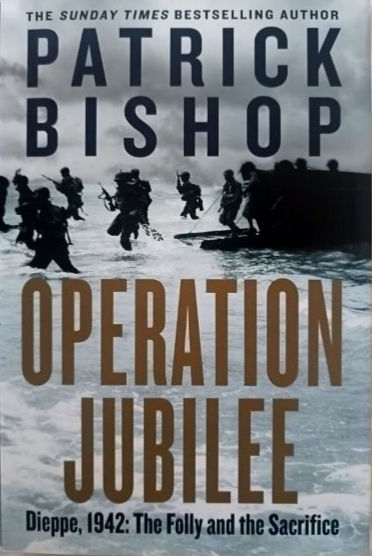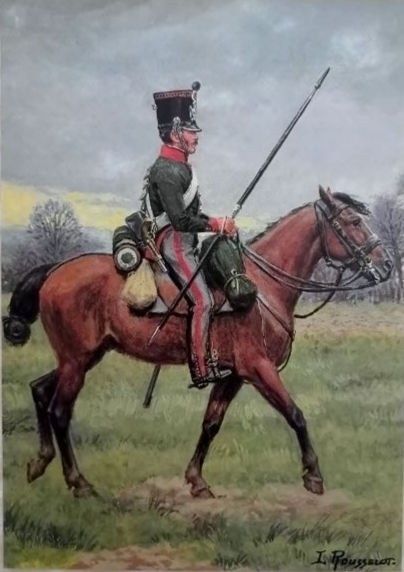In the early 1920s, an exhibition of war photographs toured Australia, attracting crowds and enthusiastic reviews. Many of the photographs had been taken by Australian servicemen at Gallipoli, in the Middle East, and on the Western Front. The photographs were enlarged and coloured at Colarts Studios from smaller snapshots.
In most cases, we don’t know the names of the photographers, nor the returned servicemen who coloured the images, but we do know that the exhibition was a tremendous success. Almost a century after the original exhibition toured the country, these prints — which came to the Library in the 1960s — are displayed together in the exhibition Colour in Darkness: Images of the First World War. Colarts Studios were established by Captain William Donovan Joynt VC, who had served in the 8th Infantry Battalion on the Western Front. He was awarded a Victoria Cross for leading an advance and capturing over 80 prisoners on 23 August 1918. Joynt became a soldier settler, establishing a dairy farm near Berwick in Victoria, as well as setting up a photographic studio in Melbourne. During the 1920s, he supported fellow returned servicemen as one of the founding members of Legacy in Victoria and was part of the lobbying campaign for constructing Melbourne’s Shrine of Remembrance.
Colarts Studios advertised that they employed ‘photographic artists’ who worked in oils and watercolours to embellish black and white prints. This colour treatment was seen to add a unique artistic interpretation. In many photographic studios, this detailed work was usually performed by women employed as retouchers and colourists. Although at least one woman worked for Joynt in the early years — Ethel May (Monte) Punshon, who went on to open her own art and design studio — Colarts publicised widely that they employed ‘digger artists’. In the years after the war, there was a push to employ repatriated soldiers in all fields of work.
In mounting the exhibition titled The Pictorial Panorama of the Great War, Joynt wanted to ‘comfort those who are longing and craving to see the fields their menfolk trod’. The exhibition allowed family members and friends to see for themselves colour images of battle locations and foreign towns they had read about in letters and newspapers. Joynt’s aim was also to engender pride in the Australian Imperial Force and reinforce Australia’s loyalty to the allied forces, namely Great Britain. ‘[T]hese pictures, silent, yet eloquent,’ he wrote, ‘go far towards forming a pictorial record of Australia’s loyalty, and of her first entry into the great world of international affairs’.
One of the early shows, held in 1920 at the Education building in Sydney, was so popular it remained open until 10 pm. Rapturous reviews featured in the Sydney press and a number of prominent military officers provided expert commentary. Among them was Lieutenant-General Sir Harry Chauvel, who assured the crowd at the opening of the exhibition that he had ‘not the slightest hesitation in saying that this is the best collection of war photographs’.
The photographs show devastating French and Belgian towns, aerial views of trench lines, and scenes at Gallipoli and in the Middle East. While revealing the destruction on the Western Front, death is never shown explicitly. The colouring gives the images a dream-like quality, even where they depict ravaged landscapes. Some of the photographs have been enlarged to such a size that they appear slightly out of focus. Details on faces, ribbons and emblems on uniforms and hats have been painted with simple strokes over the photographic print. A close inspection of a large three-piece photograph of troops on the beach at Gallipoli reveals that modesty shorts have been painted onto the men. While up close the painting style sometimes looks clumsy and rough —resembling theatrical scenery — it is more effective at a distance. The exhibition was designed to begin the process of memorialising the Anzac soldiers and acknowledging their sacrifices.
It was not intended to cause more grief. Returned soldiers were among the intended audience, with the exhibition guide stating, ‘If the pictures through their human interest can help to satisfy and bring comfort to only a few of those who gave their all, the producers will feel well rewarded’. By the time the photographs reached Perth in 1923, the Daily News called them ‘gems of art that have earned such universal admiration for their rare beauty and wonderful historic importance’. The colouring process was described as ‘a new secret art to Australia — known only to Colarts Studios, Melbourne’. The images gave families a chance to visualize the foreign places where their loved ones had fought and died. It was a chance to see some of the locations they visited, to see the triumph of the Allies, the heroic depictions of the Light Horse regiments in the Middle East and the extraordinary new technologies of warfare: the tank and the aeroplane. The producers wanted visitors to be proud of Australia’s efforts in the war.
- Soft Cover
- 38 Pages
- In Good Condition



























